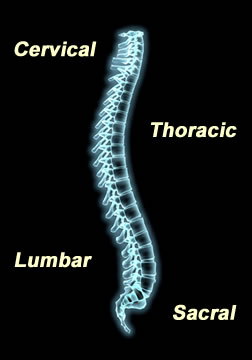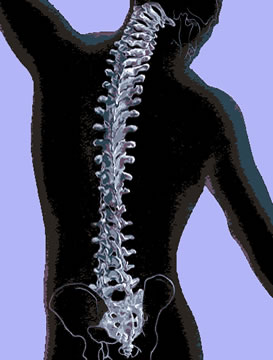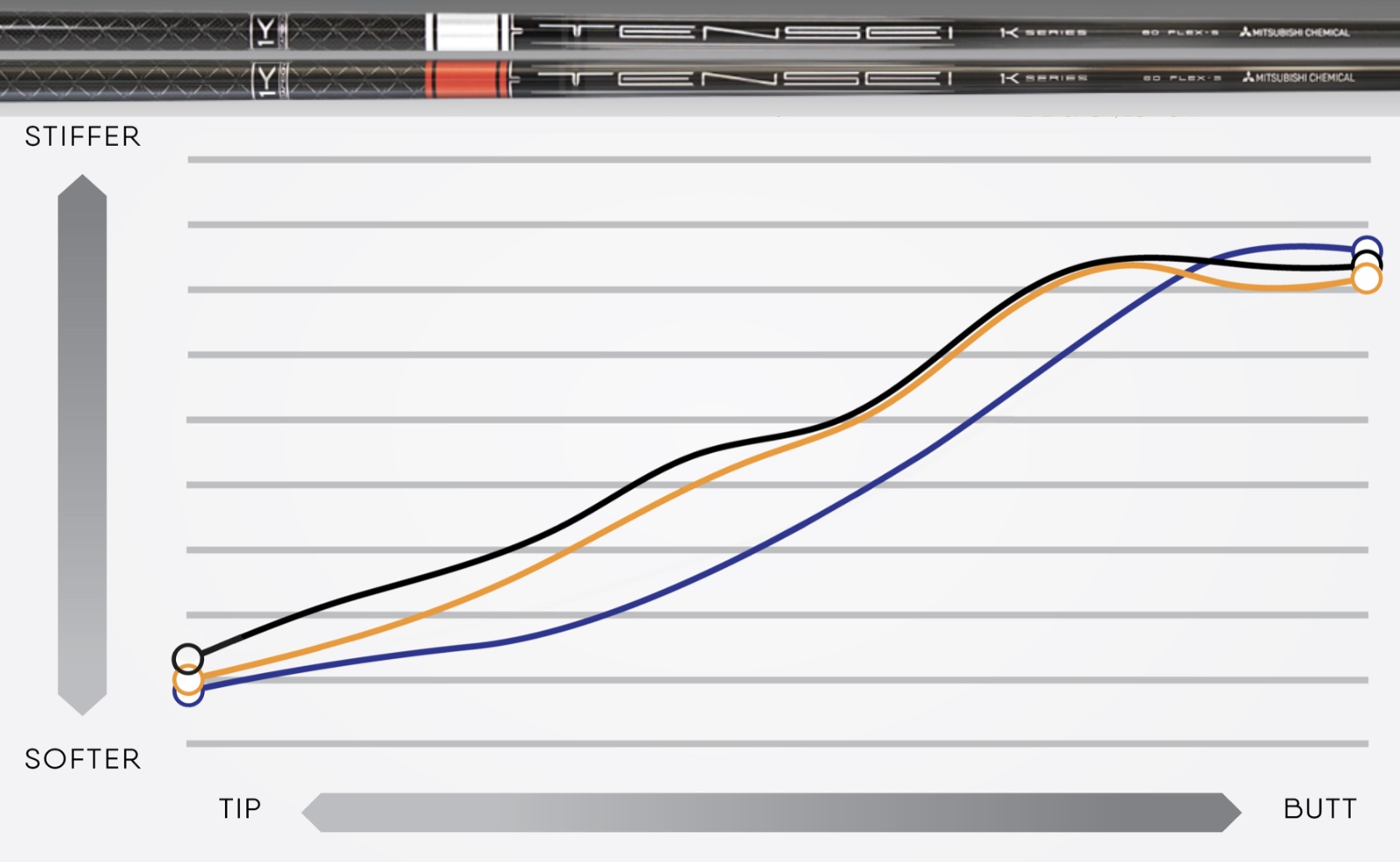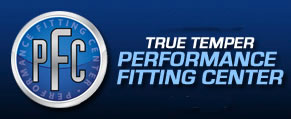SPINE ANGLES
Spine angle changes during the golf swing are complicated actions. We think it's helpful to know something about the structure and function of the spine when considering how it moves when you swing a club -- especially if you are taking lessons from anyone who recommends that you should "maintain your spine angle" during the swing. An over-simplification of spine mechanics can get you into trouble.
The spine is a complex structure with 33 vertebra catagorized by distinct regions. The cervical region has 7 vertebra that form the structure of the neck. The thoracic region contains 12 vertebra and each of them are associated with a rib. The lumbar region consists of 5 large vertebra. The sacral region consists of 5 fused vertebra and is connected to the coccyx below consisting of 4 fused vertabra. We can think of the spine as the central structure of the axial skeleton that helps to support the body and organize movement patterns.

When the spine is viewed from the right side we can see distinct curvature in each region. The outward convex curve of the thoracic region is termed kyphosis, and the inward concave region of the lumbar region is termed lordosis.
Each region moves differently during the golf swing, and we can measure the changes exactly by placing motion detectors at key points along the spine. In an effective golf address position, the thoracic region (upper body) will bend forward (flexion) between 30 - 45 degrees from vertical depending on age, gender, playing style, and individual concepts about setup.
In the backswing, the thoracic region rotates towards the trail side, and the shoulder plane tilts down towards the ball to compensate for upper body rotation. The upper body is effectively extending, and each degree of extension is balanced by a corresponding degree of side-bend. The side-bend allows the club to remain on plane in the backswing. The turning motion is powered by several muscle groups including muscles that wrap around the trunk and large muscles that connect the shoulders and upper arm to the back.

In the downswing, the thoracic region reverses direction and rotates towards the lead side. The tilt of the shoulder plane also changes direction and the right side now orients towards the ball. In a powerful swing this turning action is associated with a pull of the upper body downwards to the right (lateral bending) and a bend forward (flexing) of the right shoulder through impact. The latissimus dorsi muscle plays major roles in thoracic extension, lateral bending, and flexion movements in the complex movement patterns of the trail-side shoulder
The spine rotates and bends during the backswing and the downswing. Each region of the spine has distinct bending characteristics that are determined by vertebra structure and connecting muscle groups. The thoracic region does not bend with the same mechanics as the lumbar region. Spine rotation, flexion, and extension are complex motions. Their roles in helping to power the golf swing are not fully understood.

Irrespective of our views on swing technique, it's clear that the motion of the spine during the golf swing is complex. The vertebral angles in each region change differently during the backswing and the downswing. There is no one angle change that adequately describes the action of the spine throughout the swing.
This discussion leads us to a crucial point. The action of the spine during the golf swing is complex and it can't be described accurately by changes in a single angle or a single rotary motion. Instruction that recommends maintaining the spine angle during the backswing or the downswing does not properly account for what actually happens. Yet, "maintain your spine angle" is a common theme in more lessons than we care to remember.
We are back to our starting point. It's best not to oversimplify the motion of the spine during the swing. If you are learning to swing a club with the concept that "the spine angle" should be maintained, then you have a confusing task before you. All you need to convince yourself that spine changes must be more complex is to watch any professional golf tournament. You will see some of the best swings on the planet.
Viewed from just about any perspective, the spine is a dynamic structure that changes angles continuously throughout the swing. We think it helps to know something about the spine to help you learn to swing a club effectively.











